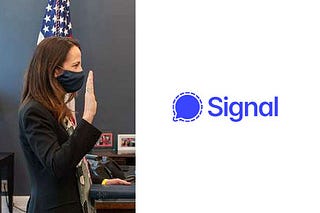
As parents prepare their children for another school year, lawmakers must turn our attention to improving results for all children across the country.
Earlier this summer, you may have seen a video of former Secretary of State Condoleezza Rice that went viral for showing how school choice can create brighter futures for every child, regardless of where they live.
This is a discussion America desperately needs to have.
Despite historic investments in education, we’re seeing many schools flat-out fail our next generation. In Chicago, two out of three students in third through eighth grade cannot read proficiently. Yes, you read that right.
In the viral video, former Secretary Rice argues that school choice already exists across America; however, it is mainly available to those who have the means to move to a different neighborhood or those who can afford alternative schooling. As a result, most parents have no other choice than to send their children back to the same schools — effectively locking them into the failing system.
School choice provides options for families to choose the learning environment that best suits their child’s individual learning style, interests, and academic goals.
There’s no single pathway that works for every child, which is why choice is so critical. As parents, my wife and I utilized public, private, and homeschooling options for our children, depending on their unique needs. We must ensure parents across the country have that same opportunity.
Allowing parents to choose between public, private, charter, or homeschool education grants families the flexibility necessary to fulfill the individual needs of their children. By empowering parents to make decisions based on their child’s skills and talents, we can ensure that every child is able to thrive in an environment that is suited to their learning style, ultimately improving their academic and economic opportunities.
Researchers at the University of Arkansas have found a positive correlation between the education options states offer and test results on the National Assessment of Education Progress. It’s just plain common sense.
And while school choice offers opportunities to all families, the greatest beneficiaries are oftentimes those from lower-income backgrounds who may not have access to a quality education.
And the benefits don’t end there. By promoting school choice, we can spur competition and innovation between educational institutions, improving the quality of education available to all students. When schools must compete for students, they are incentivized to boost their offerings, resulting in advancements for students in district-run schools. By applying market-based principles to education, we can enhance student achievement and ensure that every student can succeed.
During the COVID era, we saw how, sadly, when the priorities of teachers’ unions were at odds with the interests of students, many politicians entrenched themselves against the well-being of students. This small, special interest minority, wields outsized political power and remains resolute against voucher programs and even educational savings accounts.
School choice is one of the most popular policies in America, gaining significant support across political divides and various racial and economic demographics. All of this is no surprise because every parent wants the best for their child.
More elected officials should signal their support for children and parents by backing these programs, and side with children over teachers’ unions.
We cannot sit by and permit the status quo of failing schools. We must expand school choice so that every child, regardless of income and zip code, can receive the quality education that fits them best.
Our children are counting on us.










